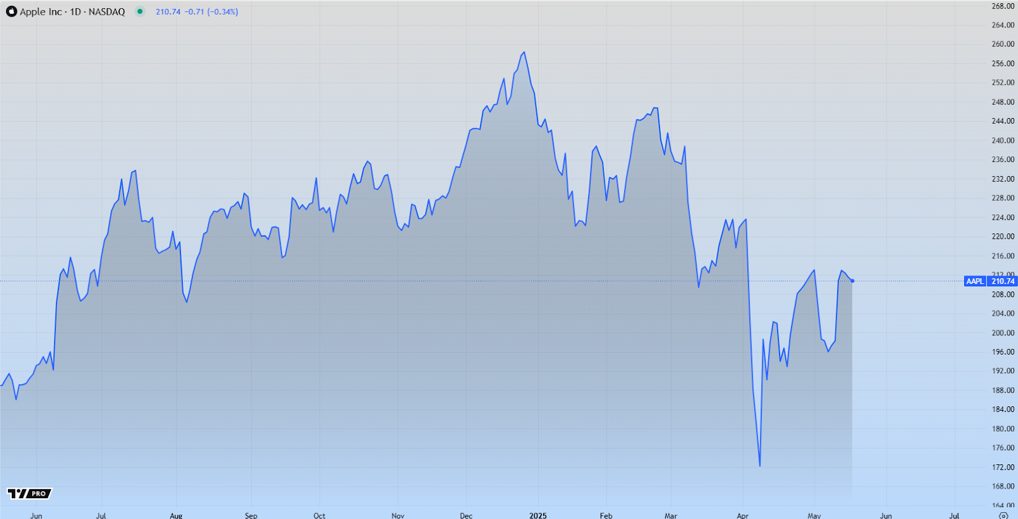The way a business manages its work order will make it or break it. An effective maintenance work order system enables an organization’s departments to satisfy customers’ needs and develop sustainable growth effectively. On the other hand, it needs proper coordination, precise scheduling, and accounting for any problem that may arise because it’s an intricate process.
One of the efficient ways of preventing disorganized work order management is implementing a management system popularly known as CMMS. This is a set of codified procedures created to catalogue organizations’ requests and develop action plans. Due to the many CMMS options available in the market, their sophistication level varies from system to system.
But before implementing this system in your organization, you need to know what is CAFM and CMMS. Once you know this, you need to know how to organize it because it’ll help you save resources, minimize response times, and monitor work quality. This article discusses some ways you can manage your work order management system.

1. Begin Every Request With An Actual Work Order
The first best habit you need to cultivate if you want your work order management to be efficient is to ensure you develop a work order for every single project you have. Though it sounds simple, most busy employees like by-passing protocols hoping that they’ll get their problems taken care of more quickly. However, having a standardized work order initiation process for even minor issues such as busted light bulbs will help your organization have a cohesive system operating reliably and predictably in all circumstances.
2. Categorize Every Workflow Type
What happens before repairing or maintaining a broken piece of equipment depends on the work order developed. Therefore, it’s vital to have a clearly defined category set to make it easy for staff members to select the work type they’re requesting.
Also, your CMMS software needs to allow changes to be made by the management when required. That’s because inputting the correct category may significantly impact the process’s efficiency and metrics efficacy collected from the task.
3. Approve The Process
If you want to avoid complications and delays, ensure you approve every order before the assignment and actual execution. However, this depends on whether the required information fields have been accurately completed. It also depends on the review to ensure that every safety concerns and additional budget have been addressed before the work. If you approve or cancel the request, a notification will be sent to the end-user to inform them of their request’s status.
4. Identify The Priority
Successfully determining the priority of work orders is a basic tenet of system efficiency. That’s why it’s vital to have a set of prioritization rules in your organization that’ll make the process be consistent throughout. Staff members often have a tendency of wanting their requests to gain a higher priority than it should be.
Without a proper prioritization system, your organization may be plunged into confusion and chaos. That’s why it’s essential to create rules and stick to them. If you receive any work request related to removing risk or repairing significant asset damage, you can evaluate immediately. However, you should address the other routine requests at the appropriate time.
5. Assign Access Depending On Expertise And Need
Access rights effectively function when given out judiciously because few hands will result in fewer delays and errors. Through innovative CMMS work order software, you can develop intelligent access management and allow some users to modify specific parts of the work order depending on their categories. You may also grant access to end-users to enable them to view status updates and add comments without providing them with the rights to modify the core order functions
Wrapping Up
It’s vital to organize your work order management software because it’ll make carrying out operations easier. If managed properly, this software will accurately keep a record, making it easier to compare your progress with your operational goals.





